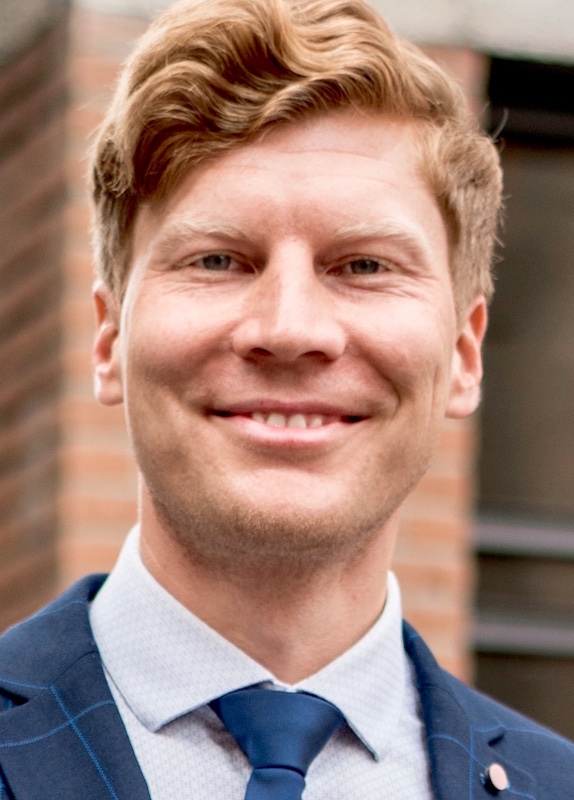
Keywords
Clinical Conditions
Equipment & Techniques
Science Culture
My focus lies on improving auditory perception for people with hearing loss in everyday life, and especially in difficult listening situations. I combine techniques from Psychology, Engineering, Auditory Neuroscience and Machine Learning to improve Medical Hearing Devices such as Cochlear Implants and Hearing Aids. My research spans from the development of speech processing strategies to the evaluation with listening experiments with the target audience. I hold a 5-year Fellowship (Career Development Award) from the Medical Research Council UK and lead the Deep Hearing Lab: www.deephearinglab.com
